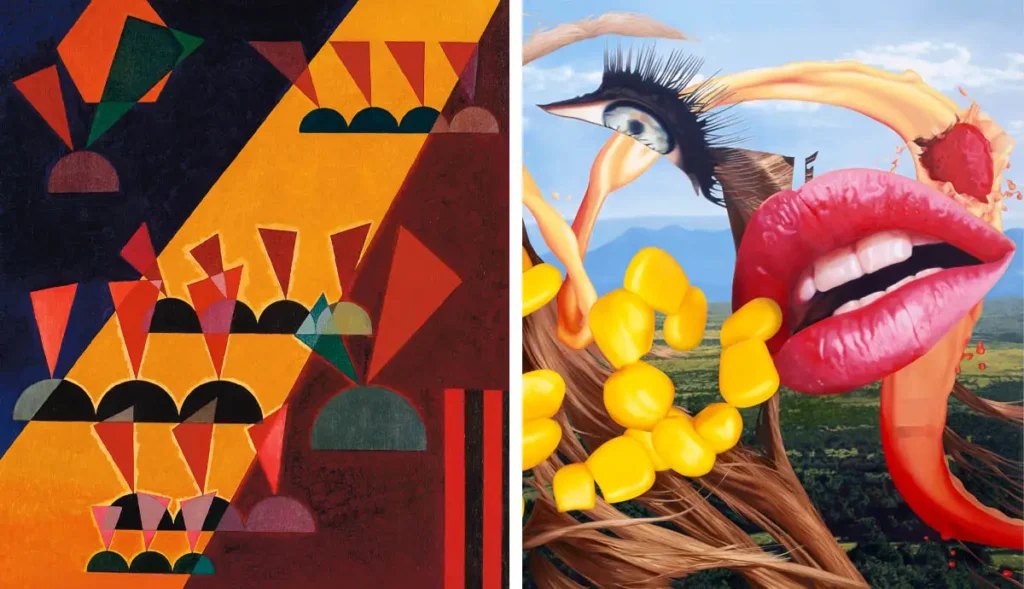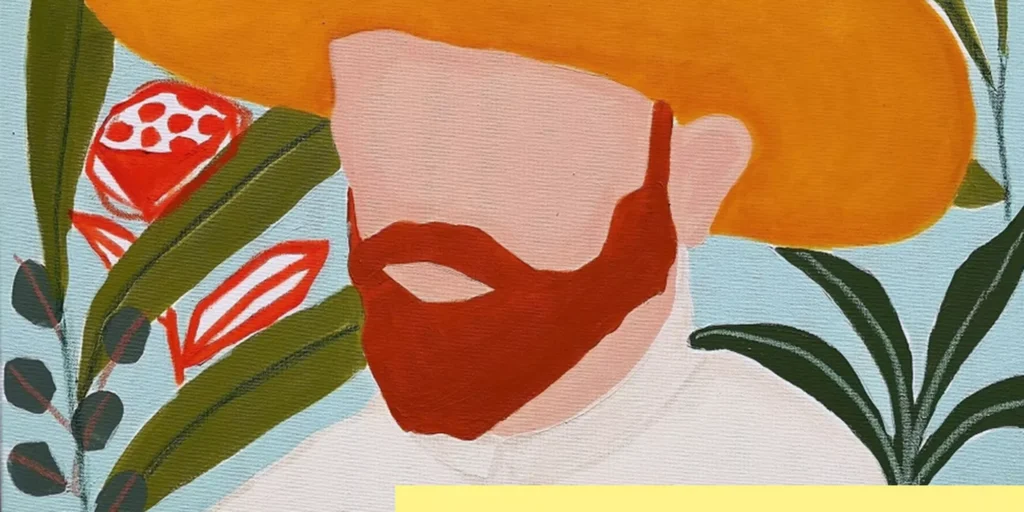Modern contemporary art is not confined by historical boundaries or traditional aesthetics but is defined by its dynamic engagement with current issues, technology, and cultural shifts. It encompasses a broad range of practices and ideas, reflecting the diverse experiences of artists worldwide. This form of art challenges viewers to reconsider their understanding of art and its role in society. It is a reflection of our times, offering insights into the complex realities of the contemporary world. As we delve into modern contemporary art, we embark on a journey that explores the depths of human creativity and expression, highlighting the ways artists interpret and comment on the world around them.

Understanding Modern Contemporary Art
Modern contemporary art stands out for its willingness to explore new territories and challenge preconceived notions of what art can be. This era of art is marked by its break from traditional forms and techniques, embracing instead a spirit of experimentation and conceptual depth. Artists of this movement seek to convey complex ideas and emotions, often addressing global issues, personal identity, and the nature of reality itself. Modern contemporary art is thus a mirror reflecting the multifaceted aspects of modern life, inviting viewers to engage in a dialogue with the art and its broader context.
Key Characteristics of Modern Contemporary Art
The key characteristics of modern contemporary art include diversity, innovation, and a strong conceptual foundation. This art form is characterized by its global perspective, incorporating influences from various cultures and disciplines. Artists utilize a mix of traditional and new media, from painting and sculpture to digital art and performance, to express their unique visions. Another defining feature is the emphasis on ideas and concepts over aesthetic value, challenging viewers to think critically about the art and the issues it addresses. This approach allows for a more inclusive and varied exploration of what art can represent.
Influential Artists in the Modern Contemporary Movement
Influential artists of the modern contemporary movement have redefined the boundaries of art with their innovative approaches and thought-provoking works. Artists like Ai Weiwei, Yayoi Kusama, and Banksy have become household names, each contributing uniquely to the landscape of contemporary art. Ai Weiwei’s politically charged installations challenge governmental authority and social injustice, while Yayoi Kusama’s immersive environments explore the concept of self and infinity. Banksy’s street art, known for its satirical and subversive edge, critiques contemporary social and political issues. These artists, among others, exemplify the diverse ways in which contemporary art can serve as a vehicle for commentary and change.
Exploring Different Mediums and Techniques in Modern Contemporary Art
Modern contemporary art is renowned for its eclectic use of mediums and techniques, breaking away from the constraints of traditional art forms. Artists today employ a vast array of materials, from found objects and digital media to biological matter and light installations. This diversity allows for a richer exploration of themes and concepts, enabling artists to tailor their medium to their message. The use of technology, in particular, has opened new avenues for creative expression, allowing for interactive and immersive experiences that challenge the viewer’s perception and engagement with the art.
Themes and Concepts in Modern Contemporary Art
The themes and concepts in modern contemporary art are as varied as the artists themselves, reflecting personal, social, and global concerns. Topics such as identity, migration, environmentalism, and technology are frequently explored, providing commentary on the human condition and the world we inhabit. This art form often acts as a social mirror, prompting reflection, discussion, and sometimes action. By addressing contemporary issues, artists not only provide insight into the world’s complexities but also imagine future possibilities and scenarios.
Impact of Technology on Modern Contemporary Art
Technology has profoundly impacted modern contemporary art, both in terms of creation and dissemination. Digital tools and platforms have expanded the possibilities for artistic expression and interaction, enabling artists to reach a global audience with unprecedented ease. Virtual and augmented reality, artificial intelligence, and blockchain are just a few of the technologies that have given rise to new art forms and concepts. This technological evolution has not only transformed the way art is made and viewed but has also raised questions about authorship, authenticity, and the value of art in the digital age.
Contemporary Art Galleries and Exhibitions
Contemporary art galleries and exhibitions play a crucial role in the ecosystem of modern contemporary art, providing spaces for artists to showcase their work and for audiences to engage with it. These venues range from traditional galleries and museums to unconventional spaces such as abandoned buildings and public squares. They offer a platform for emerging and established artists, fostering a dialogue between the art, the viewer, and the broader cultural context. By visiting these exhibitions, individuals gain insight into the current trends and ideas shaping the contemporary art world.
The Future of Modern Contemporary Art: Trends and Innovations
The future of modern contemporary art is poised for continued innovation and transformation. Emerging trends, such as the integration of art with science and technology, the rise of participatory and community-based projects, and the increasing focus on sustainability and ecological concerns, are shaping the trajectory of contemporary art. As artists and creators adapt to a rapidly changing world, the boundaries of what is considered art will likely expand even further. The continued evolution of modern contemporary art promises to challenge our perceptions and enrich our understanding of the world, demonstrating the enduring power of creativity and expression in addressing the complexities of modern life.
